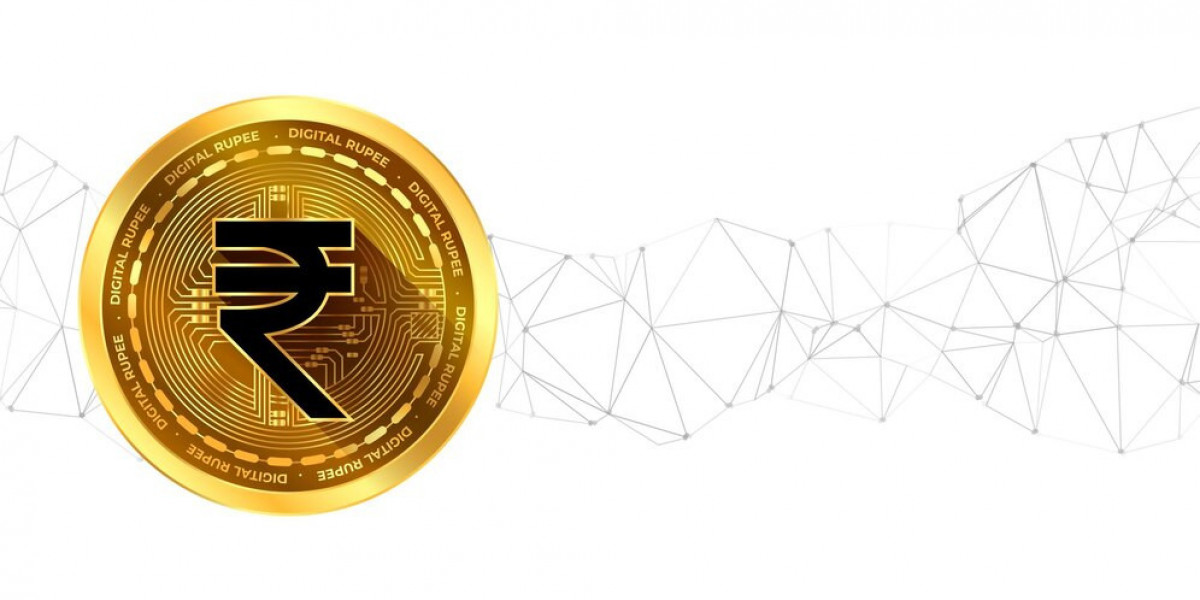The virtual currency market has evolved rapidly over the past decade, driven by groundbreaking innovations in blockchain technology, decentralized finance (DeFi), and artificial intelligence (AI). As digital currencies continue to gain mainstream acceptance, new technological advancements are shaping the way people transact, invest, and interact with financial systems.
The Rise of Blockchain and Smart Contracts
Blockchain technology remains the backbone of virtual currencies, offering security, transparency, and decentralization. One of the key innovations in the market is the advancement of smart contracts, which automate and enforce agreements without the need for intermediaries. Smart contracts enable faster, more cost-effective transactions, reducing reliance on traditional banking systems. Ethereum, Binance Smart Chain, and Solana have all introduced enhanced capabilities to support complex financial applications.
Decentralized Finance (DeFi) Revolution
Decentralized finance has emerged as a game-changer, allowing users to lend, borrow, and trade digital assets without relying on centralized institutions. Platforms such as Uniswap, Aave, and Compound have made financial services more accessible to a global audience. The rise of yield farming, staking, and liquidity pools has provided new opportunities for investors to earn passive income. Additionally, DeFi protocols continue to integrate cross-chain compatibility, enabling seamless asset transfers across different blockchain networks.
Non-Fungible Tokens (NFTs) and Their Expanding Use Cases
Non-fungible tokens (NFTs) have revolutionized digital ownership, allowing users to buy and sell unique assets such as art, music, and virtual real estate. Initially popular in the entertainment and gaming industries, NFTs are now finding applications in areas such as supply chain management, identity verification, and intellectual property rights. As blockchain scalability improves, NFT marketplaces are expected to grow, offering more secure and efficient trading environments.
The Role of Artificial Intelligence and Automation
Artificial intelligence and machine learning are enhancing the efficiency of the virtual currency market by optimizing trading strategies, detecting fraudulent activities, and predicting market trends. Automated trading bots, powered by AI, allow investors to execute high-frequency trades with minimal human intervention. AI-driven analytics platforms are also improving risk assessment and helping users make informed investment decisions.
Central Bank Digital Currencies (CBDCs) and Institutional Adoption
Governments and financial institutions are exploring the potential of Central Bank Digital Currencies (CBDCs) to modernize their financial systems. Countries like China, the United States, and the European Union have launched pilot programs to test CBDCs as a regulated alternative to traditional cryptocurrencies. Institutional adoption of digital assets is also increasing, with major corporations and investment firms integrating blockchain technology into their operations.
Privacy Coins and Security Enhancements
While transparency is a key advantage of blockchain, privacy-focused cryptocurrencies like Monero, Zcash, and Dash have gained popularity for their ability to provide anonymous transactions. Innovations in zero-knowledge proofs and encryption techniques are enhancing security and privacy for users who prioritize confidentiality in digital transactions.
The Integration of Metaverse and Virtual Economies
The concept of the metaverse is expanding, with virtual worlds integrating blockchain-based economies. Companies like Meta, Decentraland, and The Sandbox are building immersive experiences where users can trade virtual assets using cryptocurrencies. As augmented reality (AR) and virtual reality (VR) technologies advance, the demand for digital currencies in virtual spaces is expected to rise.
Regulatory Challenges and Compliance Innovations
With the rapid growth of the virtual currency market, governments and regulatory bodies are introducing new frameworks to ensure compliance and security. Regulatory innovations such as blockchain-based identity verification, anti-money laundering (AML) solutions, and decentralized autonomous organizations (DAOs) are helping to address concerns related to fraud and illicit activities. Striking a balance between innovation and regulation will be crucial for the sustainable growth of the industry.
The Future of Virtual Currency Market Innovations
The virtual currency market continues to evolve, driven by advancements in blockchain scalability, AI integration, and institutional acceptance. Innovations such as quantum-resistant cryptography, cross-chain interoperability, and tokenized assets are expected to shape the future of digital finance. As the industry matures, collaboration between technology developers, regulators, and financial institutions will be essential to unlocking the full potential of virtual currencies.
In conclusion, the virtual currency market is undergoing a transformative shift, with innovations revolutionizing the way people transact and invest. From DeFi and NFTs to AI-driven automation and CBDCs, the landscape is becoming more dynamic and interconnected. As new technologies emerge, the digital finance ecosystem will continue to expand, providing new opportunities for investors, businesses, and everyday users.









